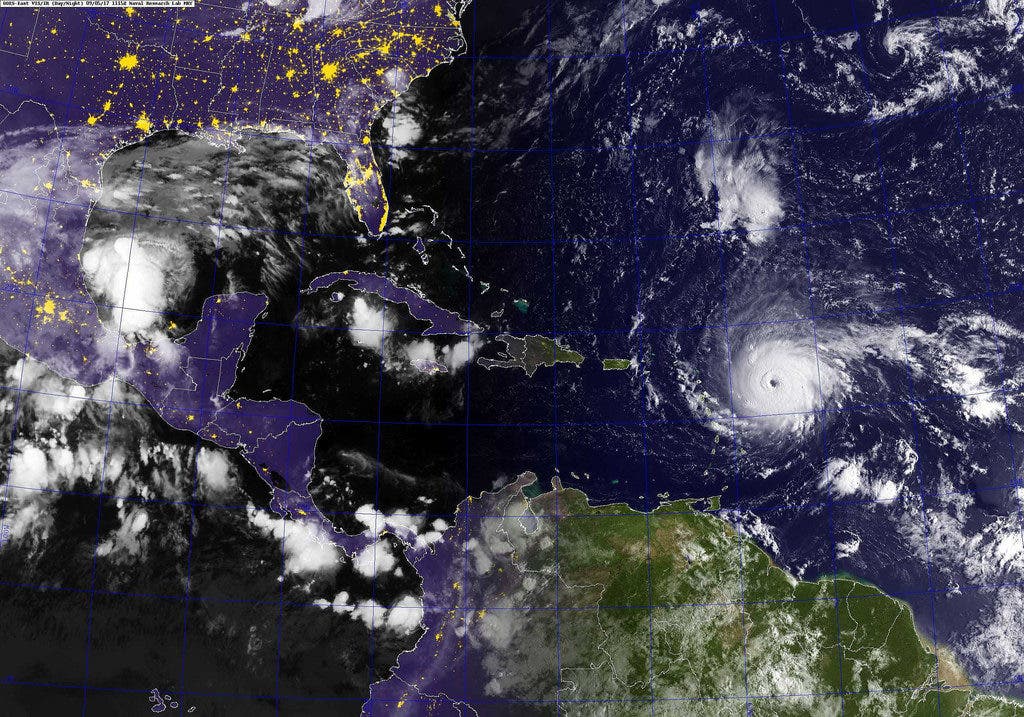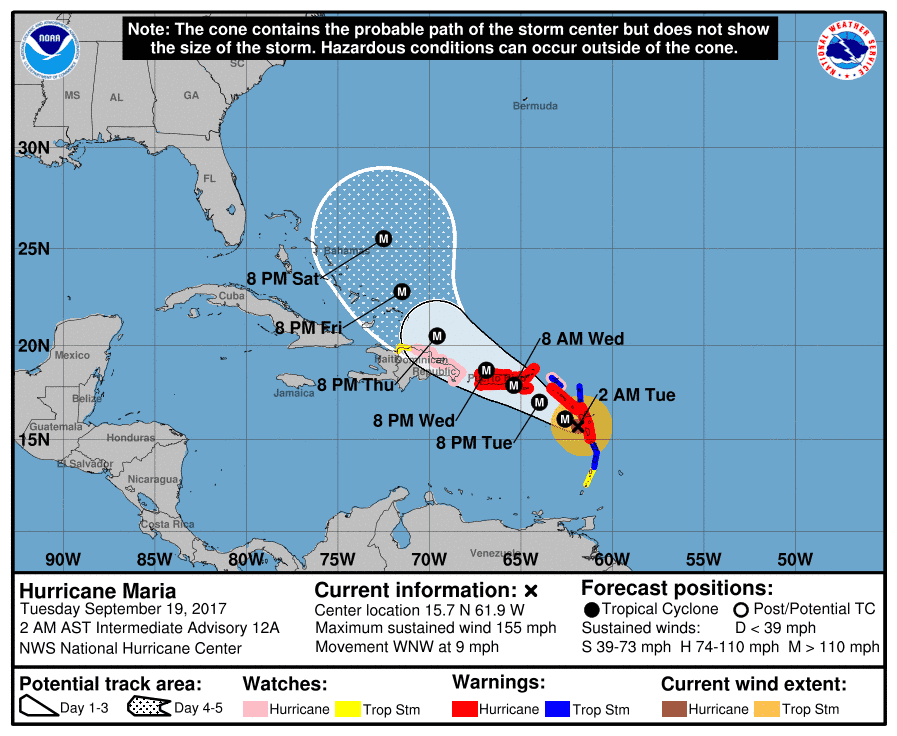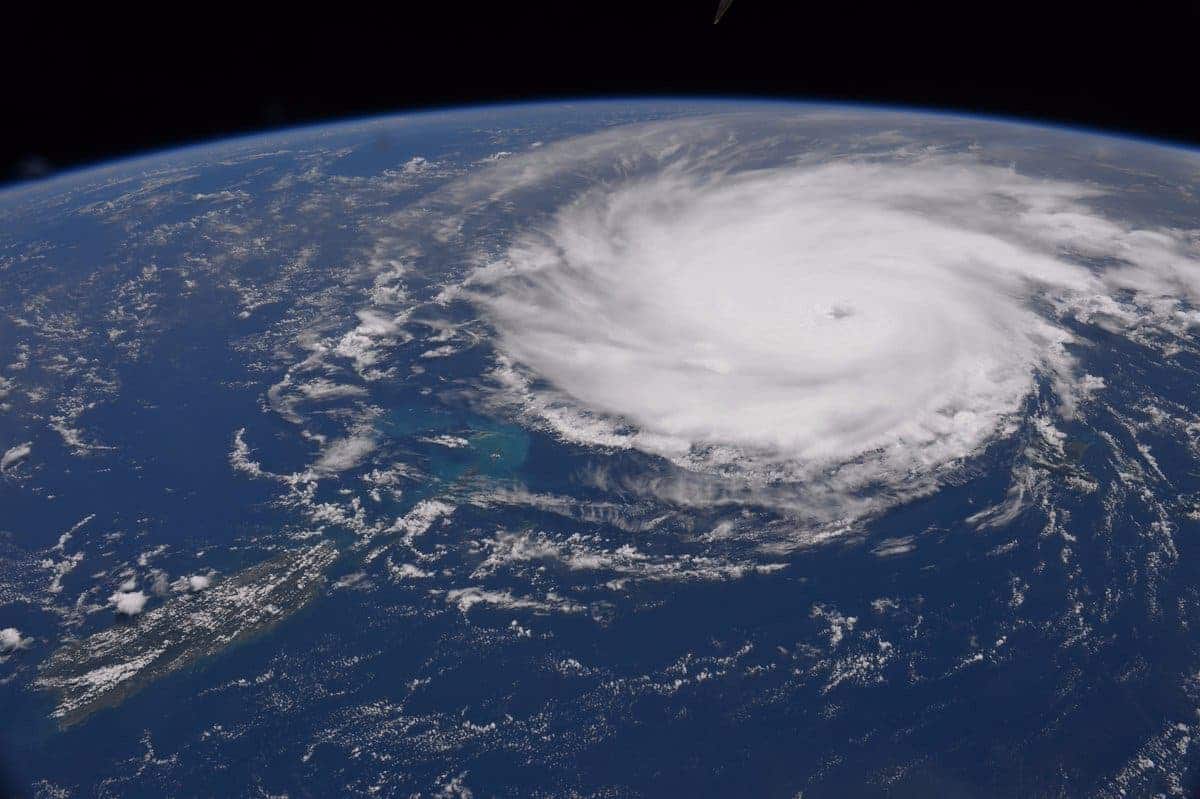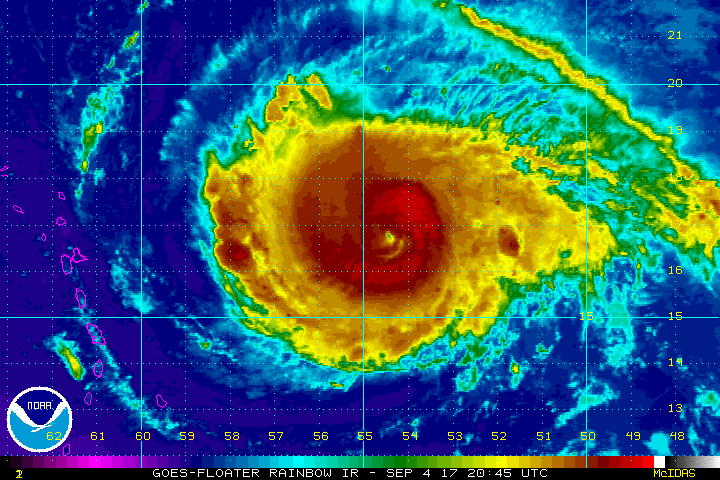Much ink has been spilled over the relationship between these strong hurricanes and climate change, but a fairly straightforward equation indicates a direct connection between the two.

In the early to mid nineteenth century, a number of brilliant physicists worked to lay the foundations of thermodynamics. Pursuing the very practical goal of developing better steam engines, they often ended up describing the very laws of nature. This is exactly the case with the Clausius–Clapeyron relation, named after Rudolf Clausius and Benoît Paul Émile Clapeyron. The relation describes phase transition between two phases of matter of a single constituent. It’s a pressure-temperature equation, which translated to hurricanes, states this: for every degree Celsius of heating, the air can hold 7% more water. In other words, the same hurricane in a world that’s 1C warmer would lead to 7% more rainfall.
“A warmer ocean makes a warmer atmosphere, a warmer atmosphere can hold more moisture,” says Gabriel Vecchi, a professor of geosciences at Princeton University who studies extreme weather events. “So, all other things equal, the same storm in a warmer planet would give you more rainfall.”
Of course, this is only a simple and straightforward connection. The relationship between climate change and hurricanes is much more complex and intertwined than this. Due to the sheer complexity of the phenomenon, it’s hard to establish a direct cause-effect relationship, but some things seem very likely. At the very least, a warmer climate brings much rainfall.
“You fit all the data together and ask what is the likelihood for 100 millimeters, 200 millimeters of precipitation,” said study co-author Sarah Kapnick, a researcher at the NOAA, before the Harvey hit Texas. “As you get to higher and higher values of precipitation it becomes less and less likely without climate change.”
But, as NOAA explains in a detailed statement, climate change is doing much more than bringing more rainfall. Anthropogenic warming, they say, will cause tropical cyclones globally to be more intense on average. Climate scientists are more and more certain of a correlation between the unprecedented temperature rise and the unprecedented hurricanes.
Climate change can’t be blamed for the existence of these juggernauts — hurricanes have existed long before humans and will continue on existing regardless of what we do — but the proportions and effects can be exacerbated. After all, researchers have long predicted that climate change will lead to more extreme weather events and this is pretty much what we’re seeing now.






